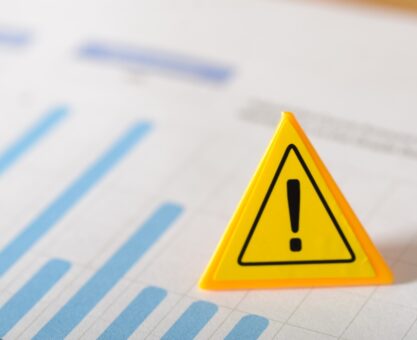The FERS Special Retirement Supplement (SRS) fills the gap between your MRA and age 62, which is when you’re first eligible for Social Security. However, it’s important to understand the pros and cons. Once you crunch the numbers, the FERS 10% Bonus at age 62 may turn out to be a better deal.
Calculating The SRS Is Complicated
To calculate your SRS, the OPM estimates what your benefit would be based on your Full Retirement Age (FRA) under Social Security rules. Then they calculate the amount of your service under FERS and reduce the estimated full-career Social Security benefit accordingly. However, it doesn’t include years of active duty in the armed forces even if you’ve paid a deposit to get credit. To find your FRA under Social Security rules go to: https://www.ssa.gov/oact/progdata/nra.html
The SRS IS Not Eligible For COLAs
The SRS is subject to the COLA age restriction for FERS participants. Under FERS rules, retirees don’t receive COLAs until they turn age 62. Since you’re eligible for the SRS when you retire before age 62, the amount you receive is not increased by any cost of living adjustments (COLAs).
You May Not Be Eligible For The SRS
You’re not eligible for the SRS if you’re a disability retiree; retiring under the MRA+10 rules; or retiring with a deferred FERS annuity. Though CSRS retirees are not eligible, if your FERS retirement has a CSRS component, you may be eligible for the SRS.
“The amount of your SRS is subject to the Social Security Earnings Test which applies to those who continue to work after filing for Social Security benefits.“
The SRS Is Subject To The Social Security Earnings Test
If you work in the private sector after you separate from service, you must report your earnings to the OPM. The amount of your SRS is subject to the Social Security Earnings Test which applies to those who continue to work after filing for Social Security benefits. For every $2 of earnings exceeding the annual limit set by the Social Security Administration, $1 will be withheld from your SRS.
Is The FERS 10% Bonus At Age 62 A Better Deal?
When you wait until age 62, your annuity (pension) is calculated with the higher 1.1% formula instead of the standard 1% formula. This works out to a 10% increase to your monthly benefit for the rest of your life.
When you think about it, at age 57 you’d only receive the SRS for five years but you’d be giving up the FERS 10% bonus that lasts a lifetime. Before you decide when to retire, touch base with an FRC® trained advisor who can help you crunch the numbers.
Source: https://www.opm.gov/retirement-center/publications-forms/pamphlets/ri90-8.pdf


























